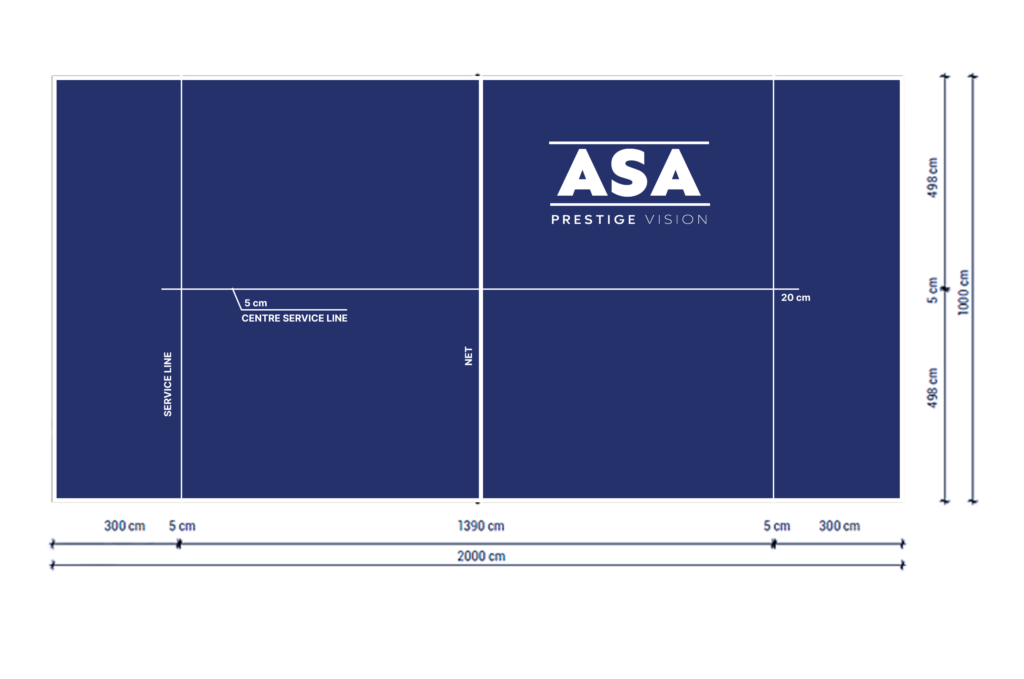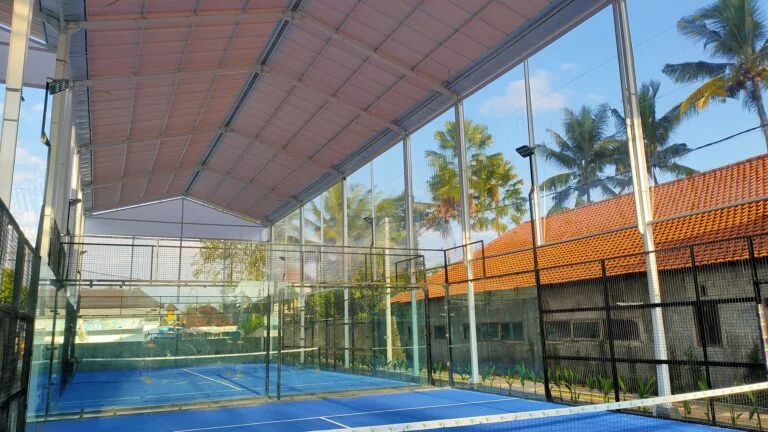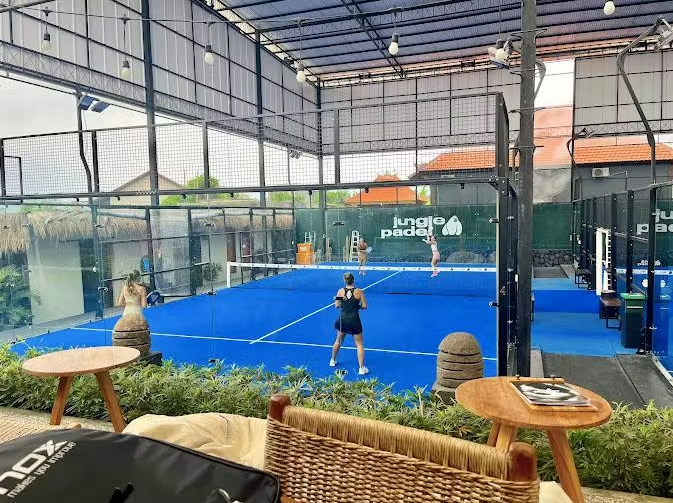When we think about the thrilling sport of padel, our minds often jump to dynamic rallies, strategic volleys, and intense competition. Yet, beneath the excitement lies a crucial, often overlooked element that dictates the very essence of the game: padel court dimensions. Far from being arbitrary measurements, these precise specifications are the silent architects of fair play, ensuring consistency across every court worldwide and directly influencing how the game unfolds. From the moment the first serve is struck to the final point, the size and layout of the court profoundly impact everything from ball rebound and player movement to strategic positioning. Without adherence to these foundational standards, the integrity and enjoyability of padel would be severely compromised, turning what should be a level playing field into an unpredictable challenge.
The Foundation of Fair Play: Understanding Official Padel Court Regulations
Ignoring these established regulations can lead to significant disadvantages, impacting both the players’ experience and the potential for official recognition. A court that deviates from standard dimensions might feature incorrect ball rebounds from the walls, uneven playing surfaces, or inadequate space for proper player movement, fundamentally altering the nature of the game. As a seasoned padel court contractor with a decade of proven experience, we recognize that every detail, from the total playing area and service boxes to the exact height and composition of the surrounding walls, must meticulously align with the stringent international regulations set by bodies like the International Padel Federation (FIP).

FIP dictates that a standard padel court for doubles play must measure 20 meters in length by 10 meters in width, with minimal tolerance. Adherence to these official standards guarantees that every match, be it a casual friendly game or a high-stakes professional tournament, is contested on a truly level playing field, where skill and strategic prowess, not court inconsistencies, dictate the outcome.
The Critical Role of Walls: Height, Material, and Their Impact on Rebound
Beyond the court lines, the surrounding walls are arguably the most distinctive feature of a padel court, fundamentally transforming how the game is played. As a specialized padel court constructor, we understand that these walls are not merely boundaries, they are active components of the game. The FIP regulations specify precise wall heights – typically 3 meters for the back walls and 4 meters for the side walls, combined with mesh fencing – to ensure consistent ball trajectory and rebound. This specific height allows for lobs to be played effectively and for balls to remain in play after hitting the wall, creating continuous and exciting rallies. Deviations in wall height, even slight ones, can significantly alter the game’s flow, making strategic shots unpredictable and frustrating for players.

The material of these walls is equally crucial, directly influencing the ball’s rebound and, consequently, the game’s speed and strategy. The most common choice, and the one we consistently recommend, is tempered glass for its exceptional rebound properties and transparency, which enhances the spectator experience. Glass provides a consistent, predictable bounce, allowing players to anticipate the ball’s trajectory with precision. In contrast, walls made from less suitable materials, like solid concrete without proper finishing, can lead to erratic bounces, dead spots, or excessive friction, making the game less fluid and more prone to unpredictable outcomes. Our experience has shown that selecting the correct, high-quality material is non-negotiable for a professional-grade padel court, ensuring reliable rebounds vital for competitive play and player satisfaction.
Common Mistakes to Avoid: Pitfalls in Padel Court Sizing & Construction
Embarking on a padel court construction project without proper expertise can unfortunately lead to a host of avoidable errors, particularly concerning padel court dimensions and overall structural integrity. Beyond the primary playing area, neglecting to account for adequate run-off space around the court or selecting incorrect fencing heights can also create unsafe conditions. As ASA Group Indonesia, a highly experienced padel court contractor, we consistently see how these initial missteps, often driven by a lack of specialized knowledge, result in costly rework and a subpar playing experience that fails to meet international standards.
Another critical error lies in material selection and construction quality, particularly for the vital transparent walls and artificial turf. Opting for cheaper, non-tempered glass can lead to inconsistent ball bounces, safety hazards, and a significantly shorter lifespan, while low-quality turf can affect traction and player comfort. ASA Group Indonesia’s decade-long experience in the field highlights that shortcuts in material quality and installation techniques invariably lead to long-term maintenance issues and a rapid decline in court performance. Clients often approach us to rectify problems stemming from initial builds that overlooked the importance of premium durable components—critical for withstanding intense play and diverse weather conditions, especially in regions like Bali.
Investing Wisely: The Long-Term Benefits of Adhering to International Standard
When considering the construction of a padel court, viewing it purely as an upfront expenditure can be short-sighted. Instead, it’s a strategic investment, and one of the wisest decisions you can make is to rigorously adhere to International standard padel court. As ASA Group Indonesia, a leading padel court contractor with over a decade of experience, we’ve consistently observed that courts built precisely to FIP-mandated specifications deliver unparalleled long-term value. This adherence ensures optimal playing conditions, which directly translates into higher player satisfaction and consistent usage rates. Unlike non-standard courts that often require costly modifications or deter serious players, a compliant court stands as a testament to quality, attracting a wider clientele and guaranteeing a sustained return on investment through membership fees, court rentals, and event hosting.
Ultimately, the decision to invest in a padel court built to the highest dimensional standards by a reputable firm like ASA Group Indonesia is a proactive step towards long-term success and peace of mind. It eliminates future headaches related to non-compliance, inconsistent play, or expensive renovations, which are common pitfalls for those who cut corners. By choosing to prioritize precise padel court dimensions and superior construction from day one, you’re not just building a court; you’re building a lasting legacy of quality, ensuring maximum player enjoyment, protecting your financial investment, and establishing your facility as a premier destination in the padel community. This commitment truly reflects a wise and forward-thinking investment strategy.
Uncover how correct padel court dimensions elevate gameplay, ensure player safety, and protect your investment. Get expert insights into regulations
Build the perfect court! Learn why padel court dimensions matter for play & investment.







